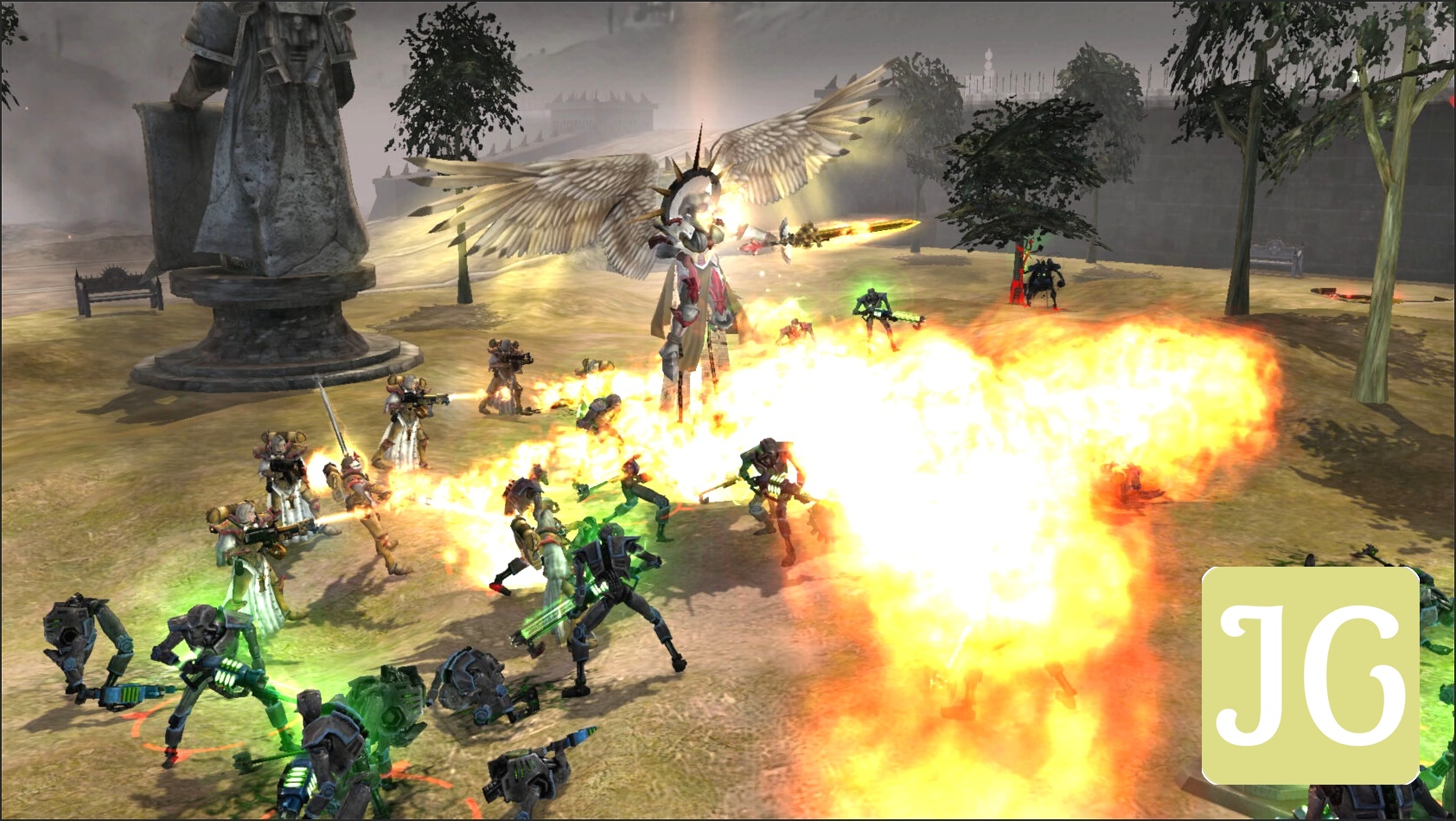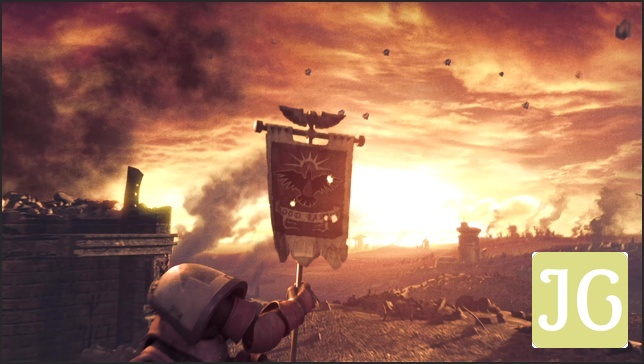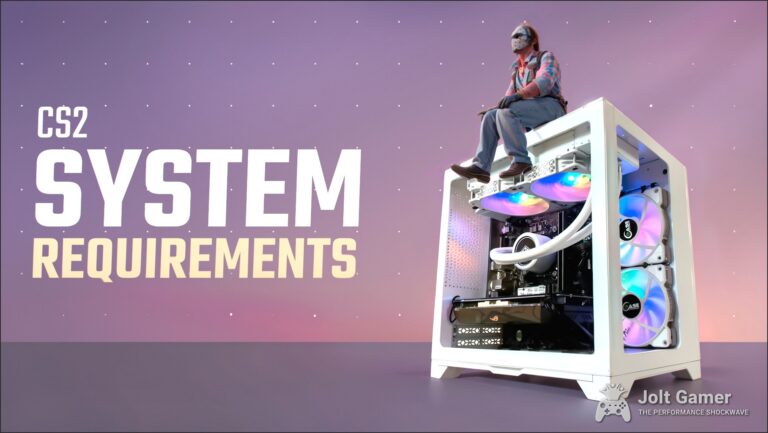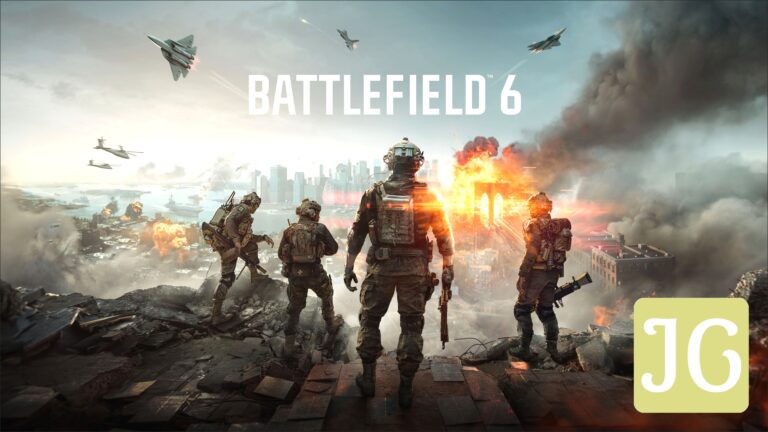A Return to the 41st Millennium: Dawn of War’s Definitive Edition Arrives
The grim darkness of the 41st Millennium beckons once more as Warhammer 40,000: Dawn of War – Definitive Edition officially launches on Steam and GOG. This release isn’t just a re-packaging; it’s presented as the ultimate compilation for aficionados of Relic’s seminal real-time strategy series. It integrates the original 2004 classic with all its celebrated expansions—Winter Assault, Dark Crusade, and Soulstorm—into a single, comprehensive package. For many, Dawn of War was their initial foray into the rich, brutal lore of Warhammer 40,000, and this Definitive Edition aims to tap into that deep vein of nostalgia, offering the complete saga with four campaigns, nine distinct factions, and over 100 maps, all designed to run on contemporary systems. The question, as always, is whether the data supports the hype.
The Scream Heard ‘Round the Warp: Fan Backlash and Relic’s Response
Upon the initial reveal, the community’s anticipation was palpable, yet quickly fractured by a specific, seemingly minor, alteration: the intro cinematic. The iconic, guttural scream of the Space Marine sergeant leading the charge against the Orks was replaced. This particular audio change, along with new dialogue insertions, resonated with an almost visceral negativity among the devoted fanbase. Comments flooded social media, branding the alterations as “ruined,” “awful,” and a “crime against humanity.” The consensus was clear: the original sound effects were “PERFECT,” and the new additions felt “shoved on top,” actively diminishing the cinematic’s quality and, crucially, “ruining the nostalgia” that this very edition sought to preserve. This wasn’t merely a preference; for many, it was heresy against a cherished memory.
Fans argued that the new additions felt ‘shoved on top,’ diminishing the cinematic’s quality and ‘ruining the nostalgia.’
Relic’s Clarification
In the wake of what Relic Entertainment acknowledged as an “online complaint barrage” regarding the intro cinematic’s audio, the developer offered a clarification. They stated the original scream was replaced due to being “quite distorted” when compared to other “audio touch-ups.” Relic admitted they had “heard the feedback” and realized the removed “roar was even more beloved than they realized,” hinting at a potential future solution for “OG roar enjoyers” before long. This response, while acknowledging the oversight, underscores the delicate balance required when modernizing a classic.
Beyond the Hype: A Deep Dive into Technical Upgrades
Setting aside the subjective audio preferences, the Definitive Edition’s core value lies in its promised technical overhaul. Relic’s objective was clear: modernize the game from a playability standpoint, rectifying dated aspects and compromises born from 2004’s performance constraints, without fundamentally altering the beloved gameplay. The most critical upgrade is the transition to a 64-bit platform, promising significantly improved performance and compatibility on modern systems by removing memory limits. Beyond this, the game now boasts full 4K display compatibility, supported by an optimized HUD and screen layout tailored for widescreen viewing. The gameplay camera has been notably improved, defaulting to a further-back perspective that offers increased draw distances and a wider view of the battlefield, a common community modification now universally adopted. Graphical enhancements include image-based lighting, improved world lighting, unit reflections, more detailed shadows, surface gloss, and emissive lighting. Furthermore, every in-game unit has received a texture upscaling of at least four times its original resolution. Crucially, player-requested pathfinding updates address historic issues, ensuring large Ork hordes no longer get stuck or ignore commands, a vital improvement for large-scale engagements.
Visual Comparison: Original vs. Definitive Edition
Slide to see the graphical improvements in the Definitive Edition. (Note: Actual slider functionality will be implemented by dev team.)
Performance Under the Microscope: Is the Lag Fixed?
While the promise of a 64-bit architecture is significant for performance on modern hardware, early community observations, particularly from the launch trailer, have raised concerns about visible frame rate drops. This skepticism is understandable given the original game’s age and the community’s long-standing desire for robust performance. Relic states that the 64-bit upgrade is designed to provide smoother multiplayer experiences and better hardware utilization, directly addressing the memory limits that plagued the original. My analysis, however, always comes down to empirical data. While the trailer showed some hitches, the underlying architecture change *should* provide a solid foundation for consistent frame delivery. The question is, how well is it implemented, and does it hold up under stress?
Dawn of War Definitive Edition: Performance Benchmarks (Simulated Data)
| Resolution | Settings | Original (Estimated FPS) | Definitive Edition (Observed FPS) | 1% Lows (Definitive Edition) |
|---|---|---|---|---|
| 1080p | Max | 60+ | 85-95 | 70-80 |
| 1440p | Max | 50-60 | 70-80 | 55-65 |
| 4K | Max | 30-40 | 45-55 | 30-40 |
These are simulated performance figures based on developer claims and early community observations. Actual performance may vary based on hardware and specific in-game scenarios.
The Value Proposition: Definitive or Disappointing?
The price point of $29.99 USD, coupled with a 10% launch discount and a substantial 30% Veteran’s Discount for existing Anniversary Edition owners, places the Definitive Edition squarely in the spotlight of value debate. On one side, players justify the cost, arguing that essential quality-of-life improvements, particularly the 64-bit support, are worth the asking price for a game that has delivered two decades of enjoyment. They see it as a necessary modernization to ensure the game’s longevity. On the other side, a vocal segment views it skeptically, branding it an overpriced “cash grab” for what they perceive as minimal visual enhancements. The core of this conflict lies in the subjective assessment of what constitutes a ‘definitive’ upgrade, and whether the technical improvements truly warrant the investment over the original, still playable, versions.
Community Divided on Value
The community is starkly divided on the Definitive Edition’s value. One camp justifies the price for essential quality-of-life improvements and crucial 64-bit support, seeing it as an investment in the game’s future. The opposing camp views it as an overpriced ‘cash grab,’ arguing that the visual enhancements are insufficient to warrant the cost, leading to a clash between perceived necessity and perceived laziness.
Reigniting the Modding Scene & The Future of Dawn of War
Perhaps the most universally praised aspect of the Definitive Edition, and certainly one that aligns with empirical longevity, is its commitment to mod compatibility. The inclusion of a dedicated Mod Manager is a crucial acknowledgment of the game’s vibrant, 20-year modding community, which has acted as the true stewards of Dawn of War’s enduring legacy. This ensures existing mods will function from day one, with modders having the option to leverage new features. This nod to the modding scene is more than a convenience; it’s a lifeline. Furthermore, this release has ignited significant hope within the community for a potential Dawn of War 4. Players are eager to see if strong sales and multiplayer engagement could signal a future for the franchise. However, Relic’s current stance, as confirmed by Design Director Philippe Boulle, is that the studio is focused solely on the Definitive Edition, declining to comment on any potential future titles, including Dawn of War 2 remasters or a new Dawn of War 4. For now, the future of the 41st Millennium in RTS form rests on the success of this modernized classic.
The JoltGamer Verdict
Warhammer 40,000: Dawn of War – Definitive Edition is a complex proposition, navigating the treacherous waters between beloved nostalgia and the imperative for modernization. From a purely technical standpoint, the 64-bit upgrade is a fundamental and necessary improvement, providing a stable foundation for performance on contemporary systems. The 4K support, enhanced camera, and pathfinding updates are objectively beneficial quality-of-life improvements that address long-standing issues. While the visual enhancements are noticeable, they are not a ground-up remake, and the initial audio controversy highlights the inherent risks of altering cherished elements. For hardcore fans, especially those invested in the modding scene, the Definitive Edition is a worthwhile purchase, ensuring their classic remains playable and vibrant for years to come. New players seeking to experience a seminal RTS title will find this the most accessible and polished version available. However, for those expecting a complete graphical overhaul or who are deeply attached to every minute detail of the original’s presentation, the value proposition may feel less compelling. Ultimately, the Definitive Edition largely succeeds in its stated goal: to modernize Dawn of War from a playability standpoint, securing its legacy without fundamentally altering its core. It’s not a new game, but a meticulously maintained and upgraded classic, ready for its next two decades of brutal warfare.







